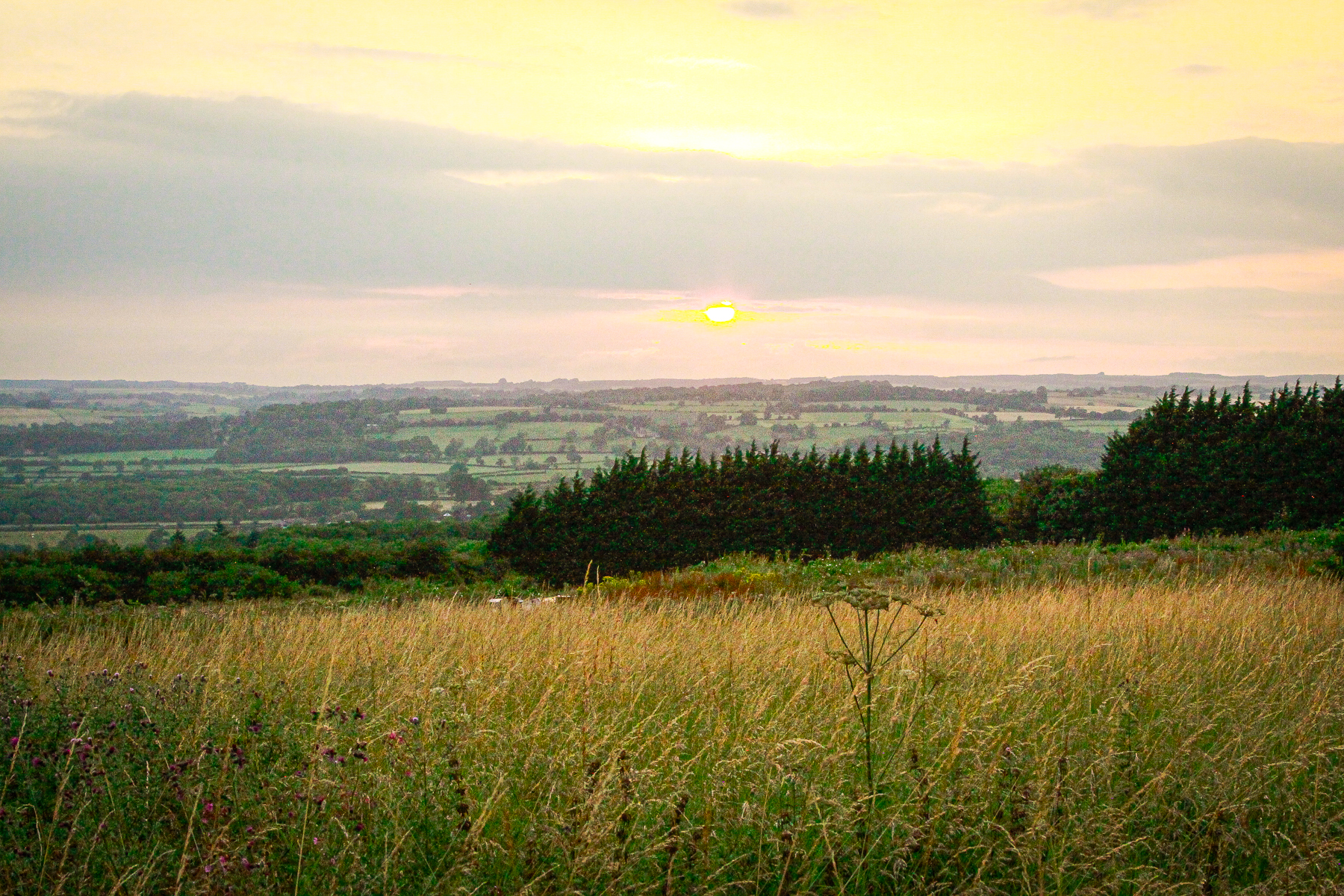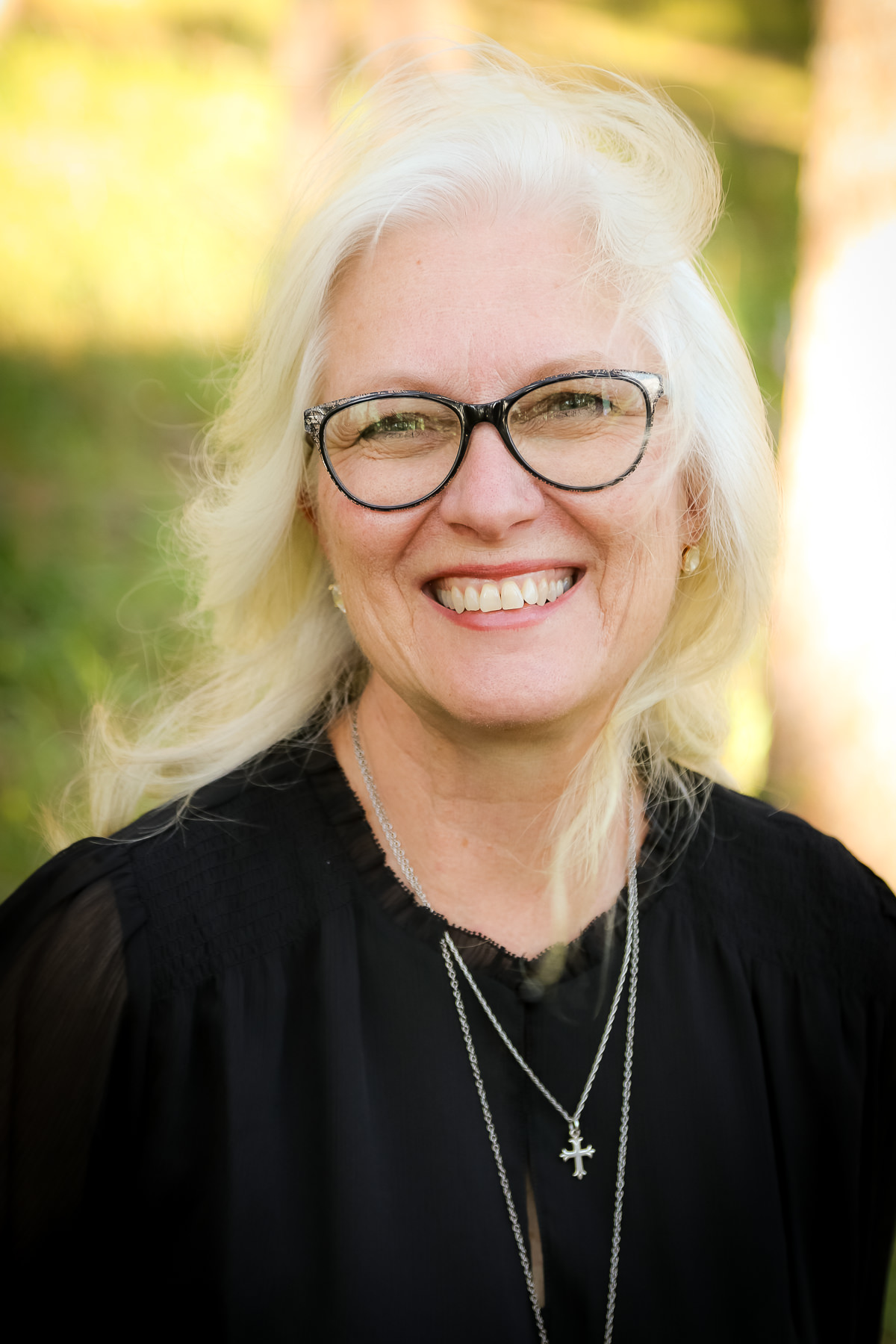Why are we encouraged to sing psalms, hymns and spiritual songs to ourselves and with others? In this column, Cultivating Songs of Faith, we explore that question by looking at one particular hymn each season, offering the story of its creation from the life of its author or composer. What you see here is a reflection rather than a formal academic history. I hope to help you to taste, see, and rediscover what is good in great hymns, and also occasionally enter into the conversation they have with ancient psalms and modern spiritual songs.
![]()
St. Patrick stood on the crest of the hill, looking up at the starry night sky and then down again into the valley and the landscape beyond. His eye followed the shadows of many other hills barely visible in the darkness. The tiny, thatched cottages of his beloved Irish people sat below him in the valley. They were clustered in little hamlets, banded together for protection against the unknown. Patrick had come here tonight because it was the eve of the most important feast day for his people: Easter.
Below him too was the king’s castle. The high king of Ireland lived within view of this hill. He was a fearsome king, and he had decreed that in observance of a Druid festival, no one in the country would be permitted to light a flame or even a candle on this night.
Patrick knew all about the king. He also knew and loved the King of Kings. The story of his life—born in 5th century Britain, taken at the age of 16 by pirates to Ireland and forced into slavery, only escaping by the hand of God and returning in a harrowing journey to his homeland—played over and over in his mind. Especially in his memory was the vision that came to him a few years after his return home, the unforgettable vision of a man from Ireland. The man begged him to come back to tell the simple people of this green island about the true King.
During those years back in Britain, Patrick had been taught the Christian faith, studying under deacons and bishops. He knew the celebration of the feast of Easter by heart: He had learned to begin the Easter Vigil by kindling a new fire, a flame from which the Paschal candle would be lit. Holding this candle high, the priest would sing, “The Light of Christ” as he walked among the people.
This light boldly declared that Christ had come into the world, had defeated death, and had risen to life after three days. This light represented the vision for a new way of seeing and living, the vision for a source of hope and light that was greater than anything else in the world, whether visible or invisible. As the priest held out the single Paschal candle, the people would reach out their own tiny candles and each one would be lit. Then, as everyone stood together with their faces illuminated by the flickering light, he would read to them from the Gospel of John:
In Him was life, and the life was the light of men. The light shines in the darkness and the darkness has not overcome it (John 1:4–5 ESV).
This Easter Vigil—this celebration of the Light from which all light and truth originates—had not come to Ireland yet.
Be Thou my vision, O Lord of my heart
Not be all else to me, save that Thou art.
Patrick crouched in the darkness with two sticks that he began rubbing together. Soon, a spark struck the kindling at his feet and a small flame sprang up. He tossed on a few larger sticks and a great log that he’d dragged up the hill. The flame quickly became a bonfire that shot up into the darkness, filling the air with warmth and light. The stars above seemed to shine brighter upon him, as if to concur.
Be Thou my wisdom and Thou my true Word.
I ever with Thee and Thou with me, Lord.
He looked out toward the cottages below and saw the shadows of people walking about. Another fire sprang up on a second hill, barely visible in the distance. As Patrick stared into the darkness, he saw tiny flames appear atop a third hill and then a fourth, far away. Soon there were fires dotting the whole landscape.
The High King’s castle was surrounded by clusters of Christians beginning the celebration of Easter.
Thou and Thou only, first in my heart.
High King of Heaven, my treasure Thou art.
It was said that as Patrick descended from the hill he prayed. He often prayed a lorica, or prayer for protection. His prayer was a fearless declaration of trust in Christ as his defense against all evil and the true source of light and life.
Thou my soul’s shelter, Thou my high tower:
Raise Thou me heav’nward, O power of my power.
The unshakeable trust that St. Patrick embodied that night on the eve of Easter was a light that radiated far into the distance, a light that gave the early Christians of Ireland the courage to choose the High King of Heaven over their earthly king. It was a turning point in Christianity becoming rooted and flourishing on that green island.
I can’t help but marvel as I read the stories of Patrick’s life, especially at his undaunted dedication to Christ. He drew courage from remembering the Scriptures he had been taught, and it is likely that he knew the entire book of Psalms by heart. Surely, he knew this one:
I lift up my eyes to the hills,
From where does my help come?
My help comes from the LORD,
Who made heaven and earth.
The LORD will keep you from all evil;
He will keep your life.
The LORD will keep
Your going out and your coming in
From this time forth and forevermore.
(Psalm 121:1–2, 7–8 ESV)
Patrick’s flame has continued to light the way for Christians since. A century later, an Irish poet wrote a Gaelic poem in honor of St. Patrick with the title, “Rop tú mo Baile”/“Be Thou My Vision.” The oldest copy that exists today was handwritten in the 14th century, and though it doesn’t indicate an author, the poem has been attributed to Dallán Forgaill.
In 1905, nearly 1,500 years after St. Patrick lit a flame on that Irish hill, the forgotten hymn re-emerged from the mists of time. Mary Byrne, a 25-year-old university student, discovered the 14th century copy of “Rop tú mo Baile” and translated it into English for the very first time. Another woman, Eleanor Tull, versified the lyrics in 1912 so that they flowed poetically in the English language.
Sometime after that, an unknown composer penned a tune with a lilting melody that fit the poem beautifully, a tune that has been associated with the lyrics ever since. The tune was given the name SLANE.
St. Patrick in the 5th century taught the people of Ireland to love and follow the High King of Heaven, and the pagan king could not stop him. The hill on which he stood that night to light a bonfire is now the home of an ancient church, the resting place of early Irish Christians, and a monument to the saint. The hill has always been called Hill Slane, by the very same name as the hymn tune. And the hymn “Be Thou My Vision” has traveled throughout the world, carrying the light that Patrick kindled so long ago. Can you see the flame?
![]()
Be Thou my vision, O Lord of my heart;
Naught be all else to me, save that Thou art.
Thou my best thought, by day or by night,
Waking or sleeping, Thy presence my light.
Be Thou my wisdom, and Thou my true word;
I ever with Thee and Thou with me, Lord;
Thou my great Father, I Thy true son;
Thou in me dwelling, and I with Thee one.
Be Thou my battle shield, sword for the fight;
Be Thou my dignity, Thou my delight;
Thou my soul’s shelter, Thou my high tower:
Raise Thou me heav’nward, O power of my power.
Riches I heed not, nor man’s empty praise,
Thou mine inheritance, now and always:
Thou and Thou only, first in my heart,
High King of Heaven, my treasure Thou art.
High King of Heaven, my victory won,
May I reach Heav’n’s joys, O bright Heaven’s sun!
Heart of my own heart, whatever befall,
Still be my vision, O Ruler of all.
~ Be Thou My Vision
![]()
The featured image, “View from Shotover,” is courtesy of Lancia E. Smith and is used with her glad permission for Cultivating.
Terri Moon is a musician and a lover of Jesus. She delights in playing the music of Bach, growing English roses, baking up a good batch of scones, and all good, true, and beautiful things that point to Him. She has found that the most fulfilling adventures come through collaborating with others, and to that end she and her husband Steve (also a member of The Cultivating Project) serve gladly in their church and also on the leadership team of the Anselm Society. Together they raised four children and are now proud grandparents. Hosting friends in their Colorado home is one of their favorite joint adventures.
Terri holds a master’s degree in violin performance, and has collaborated in many concerts and taught students of all ages for 40 years. Her lifelong passion is the intersection of music, worship, and spiritual formation, and she longs to bring to life the beauty of the Church’s heritage in the arts. Terri currently serves as the Music Director of Holy Trinity Anglican Church in Colorado Springs.
Leave a Reply
A Field Guide to Cultivating ~ Essentials to Cultivating a Whole Life, Rooted in Christ, and Flourishing in Fellowship
Enjoy our gift to you as our Welcome to Cultivating! Discover the purpose of The Cultivating Project, and how you might find a "What, you too?" experience here with this fellowship of makers!


Add a comment
0 Comments